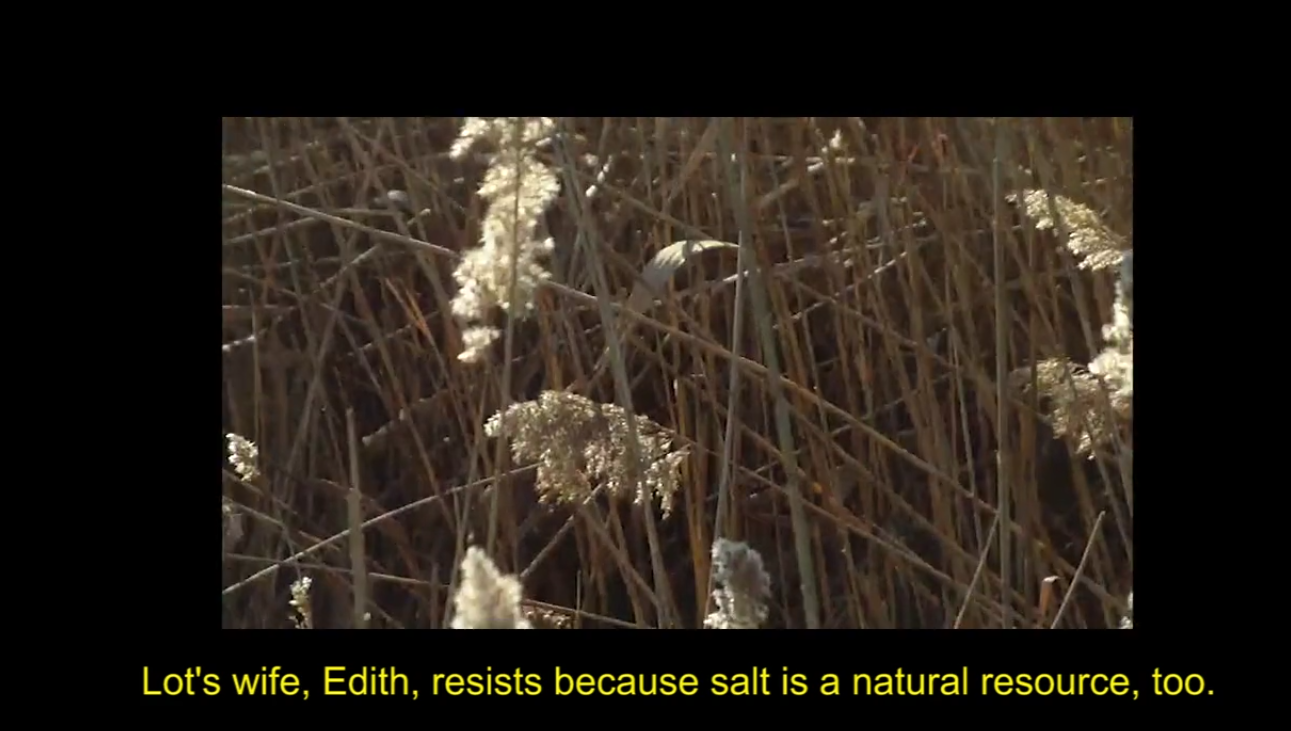
Screen capture from "Intangible Structures," 2016-2018
[Text was presented alongside the reiteration of Edith's Ghost (2017, GHOST), titled Edith, which took place at Esther Klein Gallery in Philadelphia, PA in June 2018.]
In the 1998 game Legend of Zelda: Ocarina of Time, a third-person perspective, user-controlled camera allowed players to easily discover camera glitches that revealed the space behind infinitely-thin polygon structures. This interactive camera was one of the first of its kind. These new systems contrasted with the fixed cameras and first person cameras of games past and were necessary for orienting one’s avatar in the newly constructed, 3D, open-world simulations that were were being introduced for the first time.
When the camera gets caught behind polygon structures in this game, the planes and textures are floating in a void: an infinite distance and a vacuum of light. The camera’s AI twitches in attempt to right the wrong, embarrassed at such poor performance.
Another virtual depiction of 3d space:
The method of loci “memory palace.” Those mnemonic constructions used for embedding information in architecture also exist exclusively in a virtual space (of the imagination) and have similarly lacking material integrity. Behind virtual textures of marble, wood, or plaster, these structures’ foundations paradoxically draw stability from the immaterial, but because depictions of method of loci memory palaces frequently serve to equate architecture with narrative (such as in Emma Willard’s 1846 Temple of Time illustration), a conversation about architecture seems to shift to the concrete topic of real estate development as easily as it does to the topic of constructing narrative history.
Another moment of virtuality:
When Lot's wife, Edith, is transformed into a pillar of salt in chapter 18 of Genesis, the reader is presented with a subject defined by its triplet state: an inert material charged with presence, a monument to the ephemerality of the human body (or, perhaps, biological architecture), and a gendered totalitarian warning ("obey or be smote").
How easily her body is manipulated from flesh into mineral in the story. I wonder what lay just below her skin: an infinite distance and a vacuum of light? She is still standing there, where her body turned to salt. Some ethereal relationship is formed between this subject, Edith, and the proposal of the memory palace, that virtual architecture; the spirit becomes petrified and the body becomes virtual.